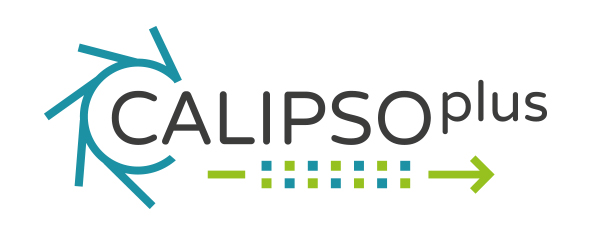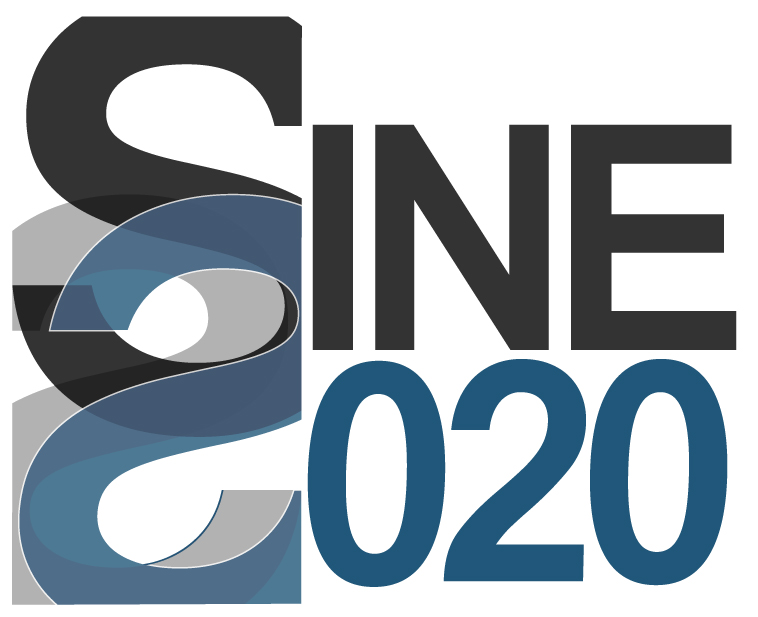Integrating Activities of the EU Research Framework Programmes
Access to synchrotron radiation (SR), free electron laser (FEL), neutron beam (NB) and muon beam (MB) facilities, that are not international treaty organisations, is open to all academic and industrial scientific researchers in open and competitive peer-reviewed proposal mechanisms.
In the case of most EU facilities access by Irish researchers once they have been awarded time at the facility, has typically been eligible for funding by the facility which was able to draw upon one of three Integrating Activities (IA) of the EU Research Framework Programmes. These IA programmes to access Research Infrastructures have all been funded with significant budgets for EU Trans National Access (TNA) which is used to fund the travel costs, accommodation and expenses of one or more Irish researchers when attending these facilities for an approved experiment.
The current Integrating Activity Programme under H2020-INFRAIA-2016-1 are:

|

|
- CALIPSOplus: Convenient Access to Light Sources Open to Innovation, Science and to the World which started in May 2017, and together with Joint Research Activities also funds TNA to SR and FEL facilities for the physical, chemical, engineering and biological sciences.
See calipsoplus_poster. The CALIPSOplus Consortium brings together 19 partners from 12 European countries offering access to 14 synchrotrons and 8 FELs in Europe and the Middle East. - SINE2020:Science & Innovation with Neutrons in Europe in 2020 which started in May 2017 and is funding TNA to NB and MB facilities for structural and magnetic structure investigations of materials as well as for biological small angle neutron scattering, and for muon spin resonance studies. SINE2020 comprises 18 partner institutions from 12 European countries.
The three previous relevant IA programmes have been:

- CALIPSO: which has funded TNA to SR and FEL facilities for the physical, chemical, engineering and non-crystallographic biological sciences.
- BioStruct-X: which has funded TNA to SR facilities for structural biology, protein and macromolecular crystallography and biological small angle x-ray scattering relevant to disease investigations, drug design and pharmaceutical development.
- NMI3: which has funded TNA to NB and MB facilities for structural and magnetic structure investigations of materials as well as for biological small angle neutron scattering, and for muon spin resonance studies.
There is no EU TNA access however for the European Synchrotron Radiation Facility (ESRF) at Grenoble, or for the Institut Laue Langevin (ILL) also at Grenoble, both of which are international treaty organisations of which Ireland is not a member. Thus primary access to these via proposed scientific experiments is not available to Irish researchers. In the case of the ESRF however, several protein crystallography and macromolecular crystallography beamlines are in principle accessible to Irish researchers due to Irelands’ membership of the European Molecular Biology Laboratory (EMBL) which operates some of the ESRF beamlines.
Ending of Framework Programme EU supported TNA and subsequent lobbying
All three of the above programmes, CALIPSO, BioStruct-X and NMI3:, come to an end in May 2015 or in early 2016. Unfortunately, as highlighted by a letter of the ESUO published in the Journal of Synchrotron Radiation, there had been no follow-up call of the EU Horizon 2020 programme that allows for an adequate replacement of these IA projects that support TNA for scientists across Europe, including those among the Irish user community. This does a disservice to the most successful sequence of IA from successive FP work programmes whereby as many as 10,000 scientists were supported in the forerunner to both CALIPSO and BioStruct-X which was called ELISA.
Future EU supported TNA within and beyond Horizon 2020
The ESUO issued a call to action in 2014 after their (several) letters to the European Commission went unheeded. The manifesto of the ESUO – “TOWARDS EVEN BRIGHTER EUROPEAN PHOTON SCIENCE – A manifesto for a truly European photon science community“, calls for a “floodlight” approach to funding all aspects of science made possible by the existence of SR and FEL facilities across Europe and a restoration of TNA programmes which can serve a large fraction of the accelerator-facility based photon sciences community, estimated at more than 25,000 users, across Europe. This would most clearly benefit those EU member nations who do not have their own SR or FEL facilities or their own funded user programme and this clearly applies to Ireland. A similar commitment to funding EU TNA into the future in the case of NB and MB facilities is likewise warranted with benefits to the Irish research community.
